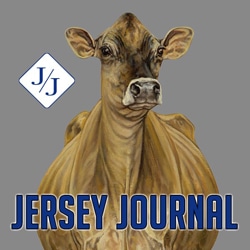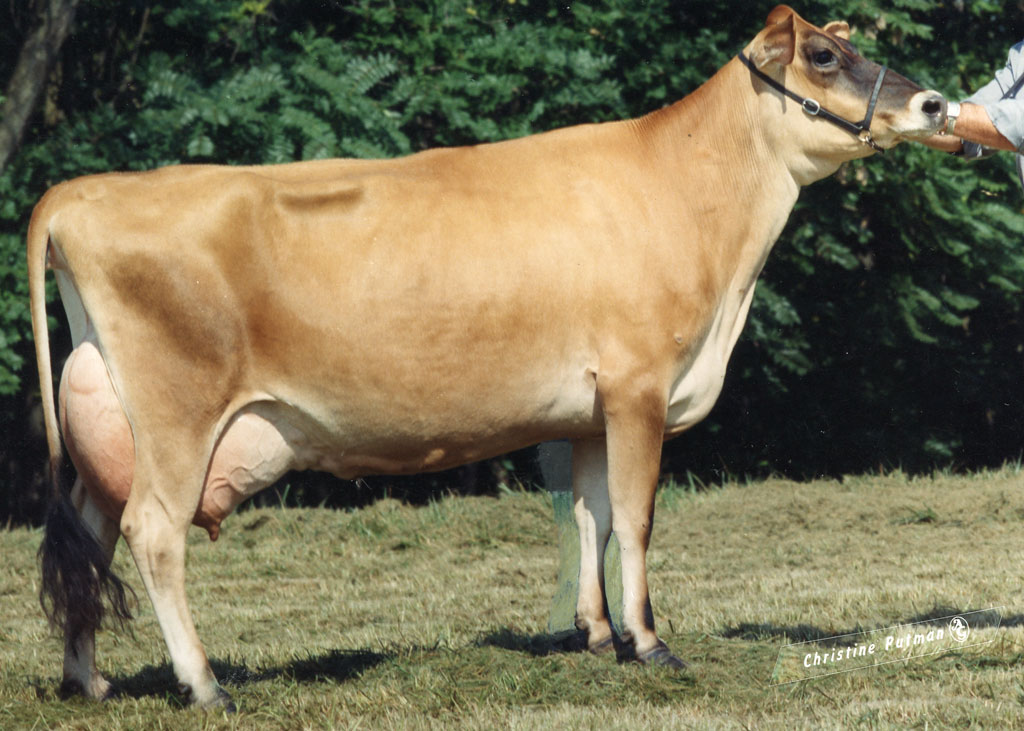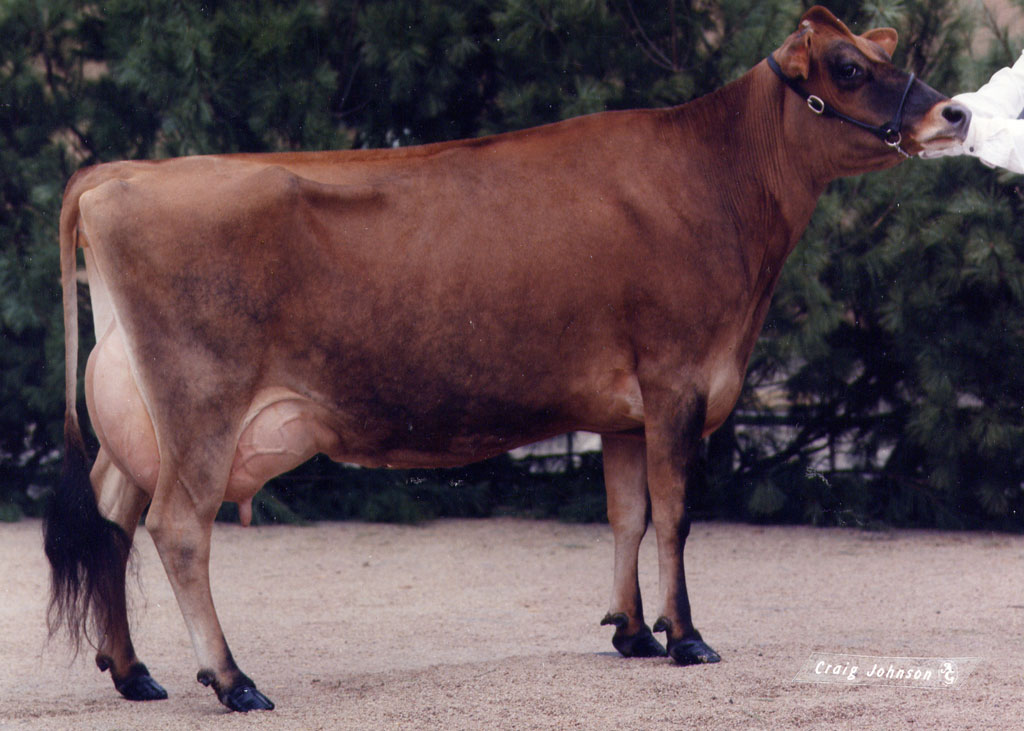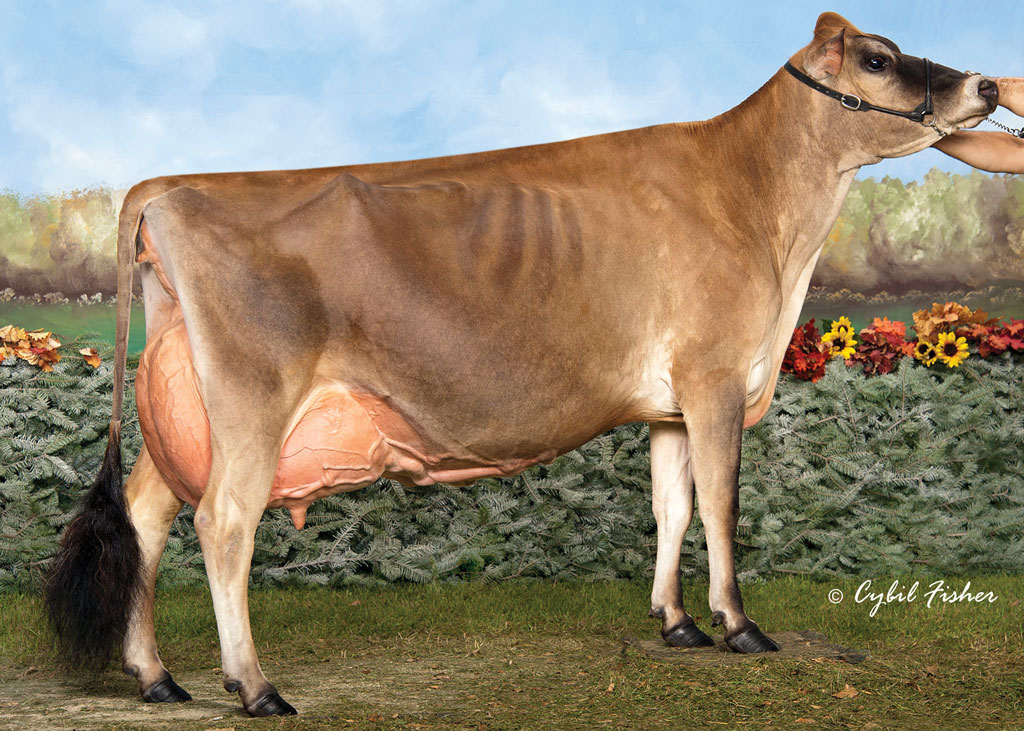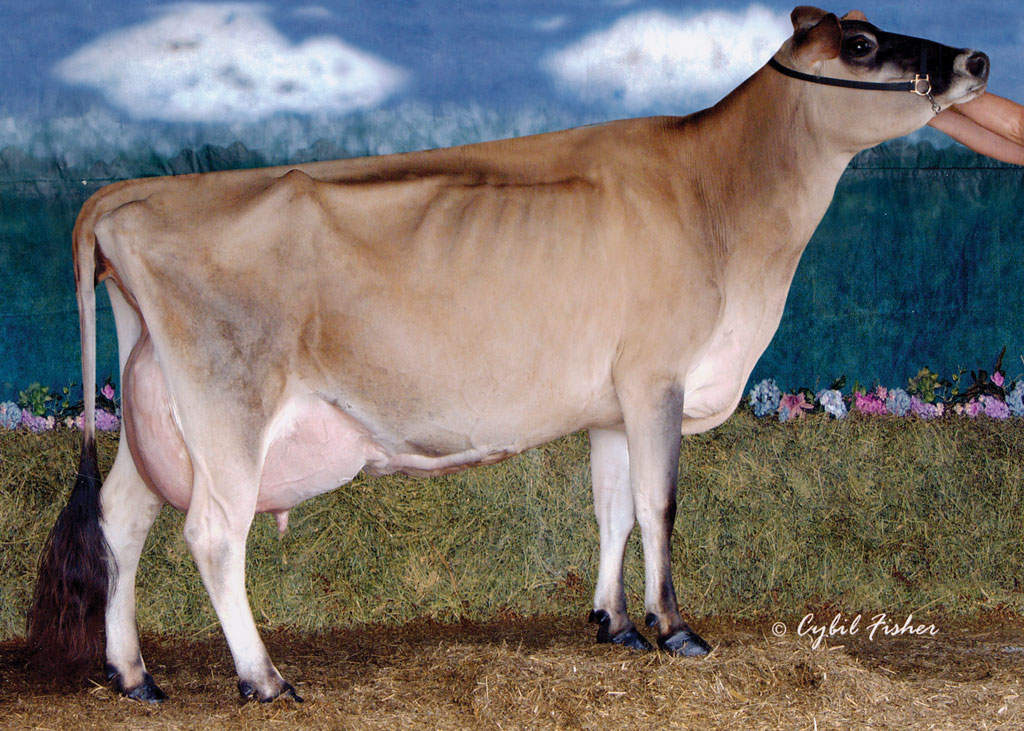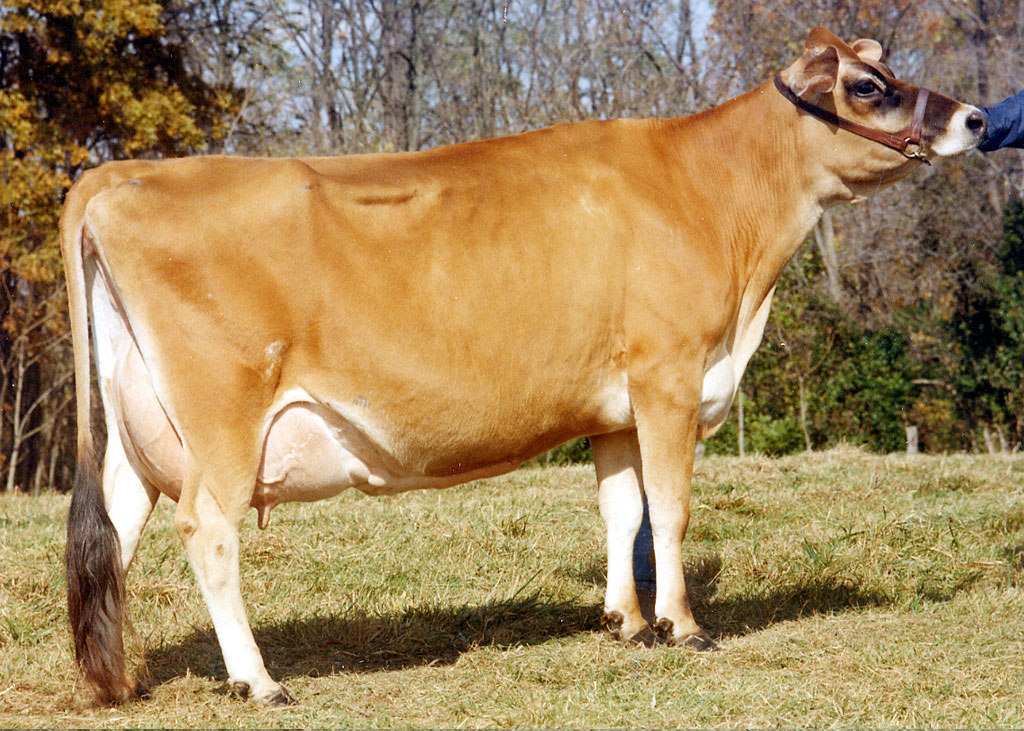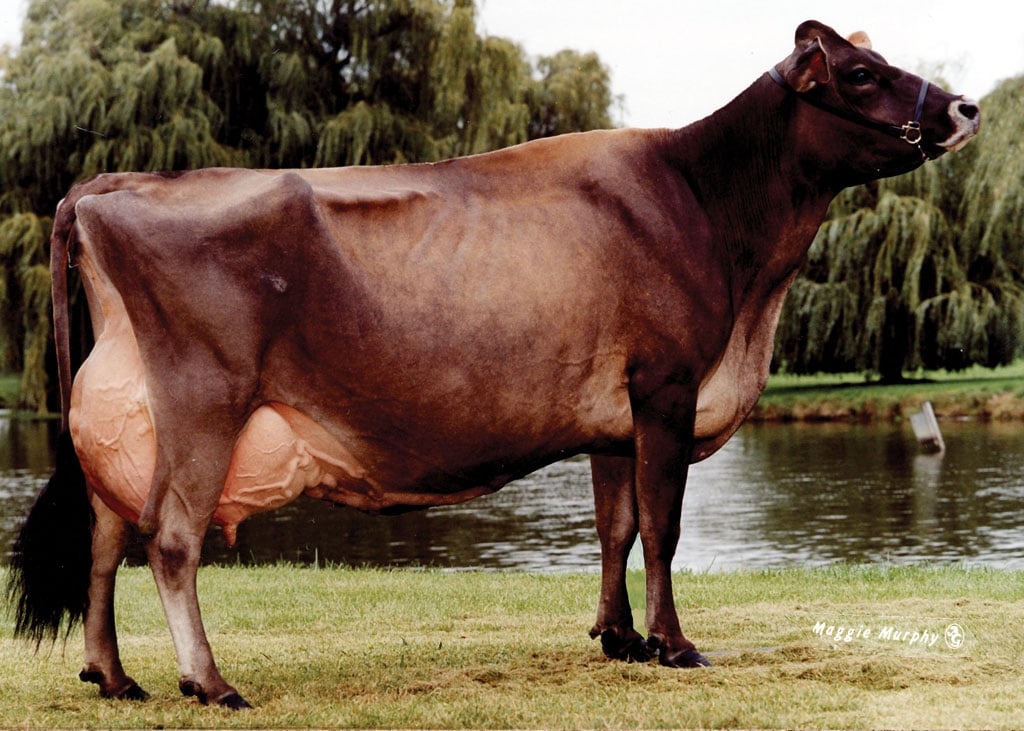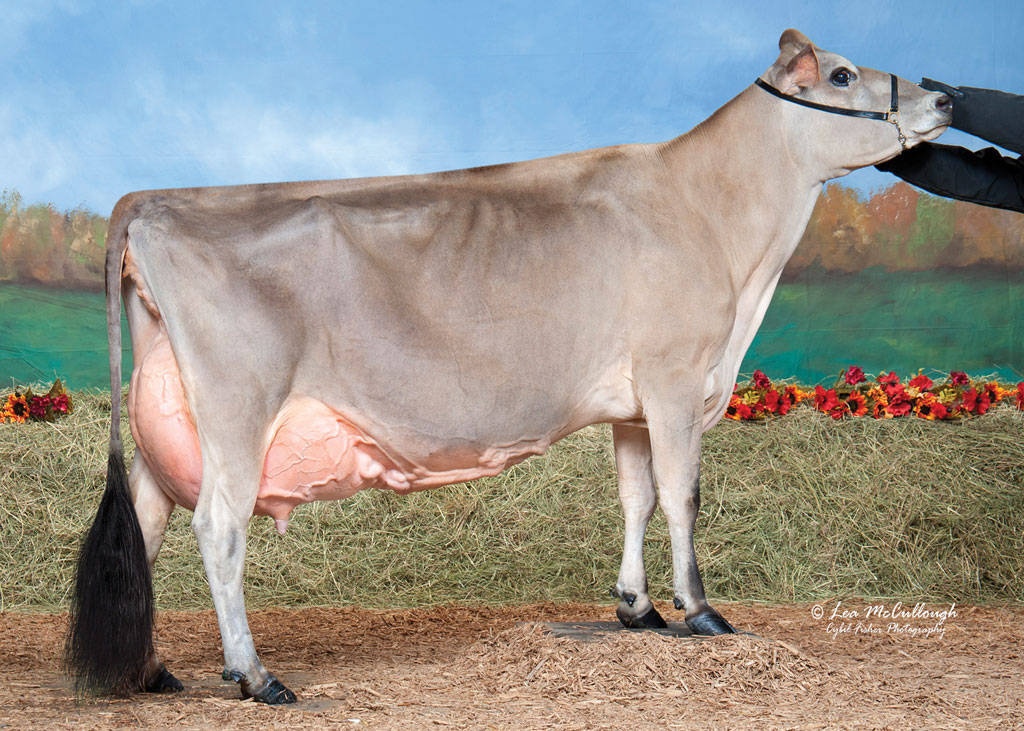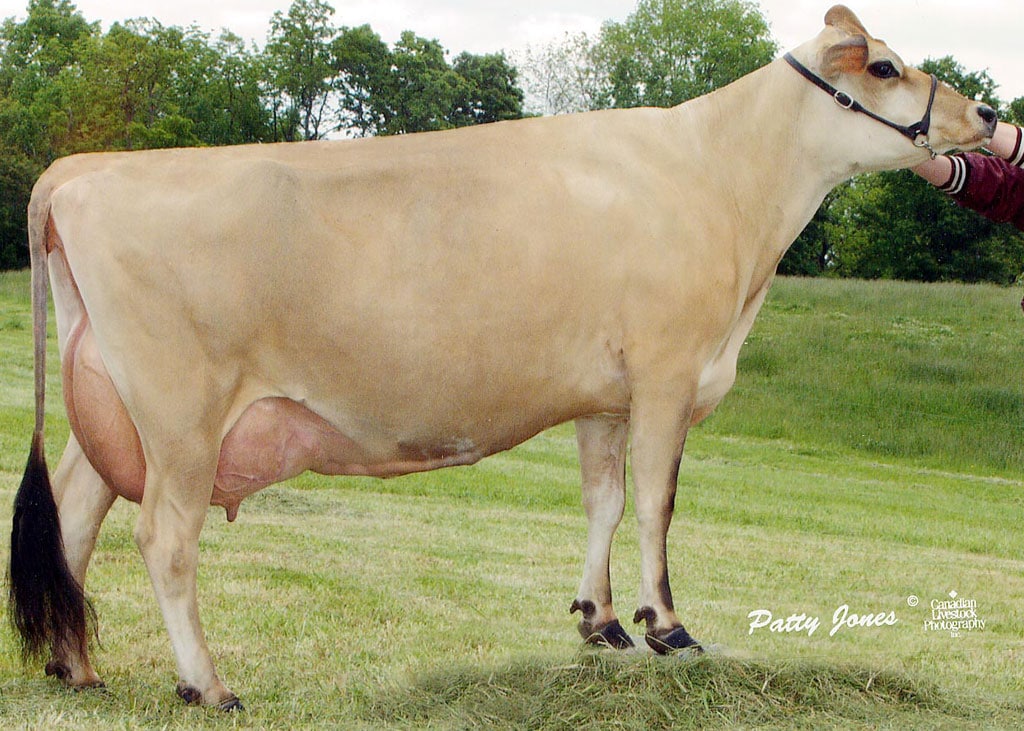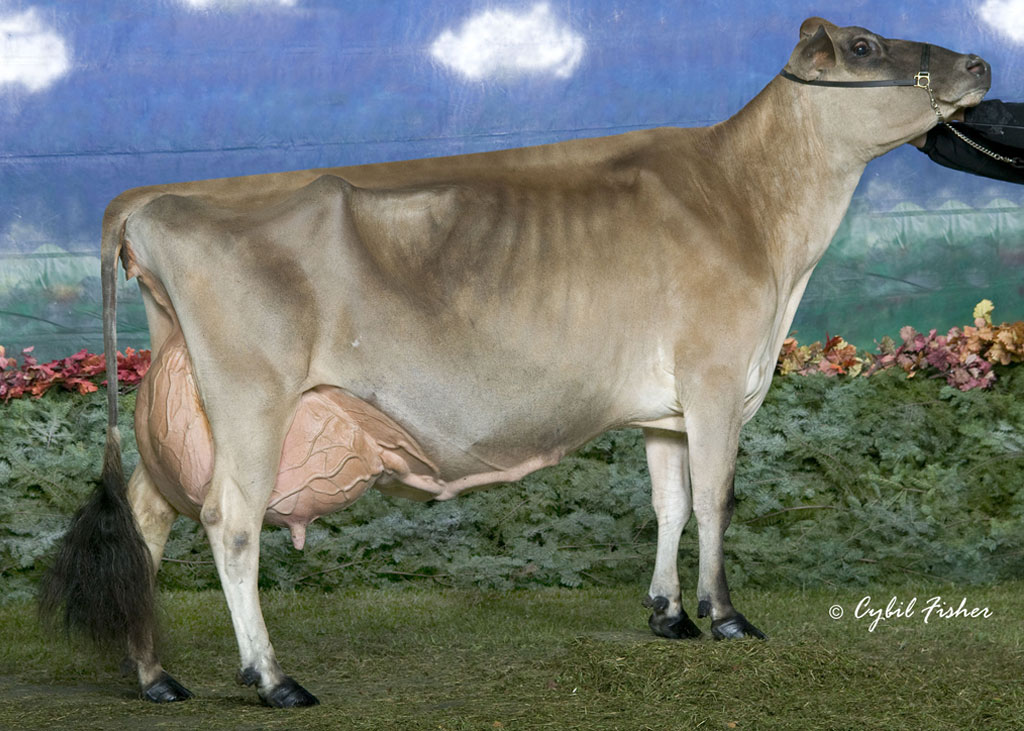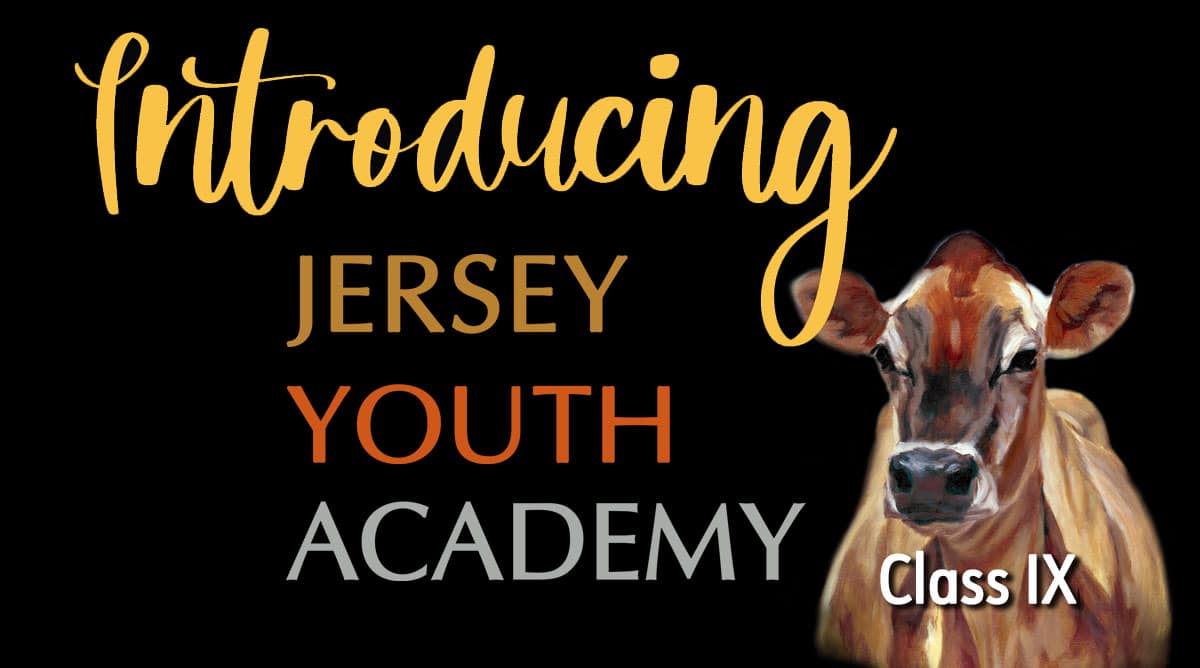Legacy Series: Waverly Farm, The Robert Stiles Family
Welcome to the Legacy Series featuring Master Breeders of the American Jersey Cattle Association (AJCA). Over the next several months, the Jersey Journal will be sharing stories with you previous recipients of this prestigious award. We have asked each of them a series of questions covering topics from philosophy, farm history, breeding questions and even what they might be if they had not taken the route of Jersey breeder. We hope you enjoy getting to know these Jersey breeders and their advice and thoughts to the Jersey world today.
Waverly Farm, Clear Brook, Va.
The Robert Stiles Family ~ 1998 Master Breeders
The farm is located in northern Virginia, right off of I-81 outside of Winchester. The farm is home to 500 Registered Jerseys.
Historical Questions:
Describe your farm history and how Registered Jerseys became a part of your herd.
Jerseys have been in our family beginning with our grandfather. We moved to Virginia in 1967 from Rockville, Md., and became Waverly Farm.
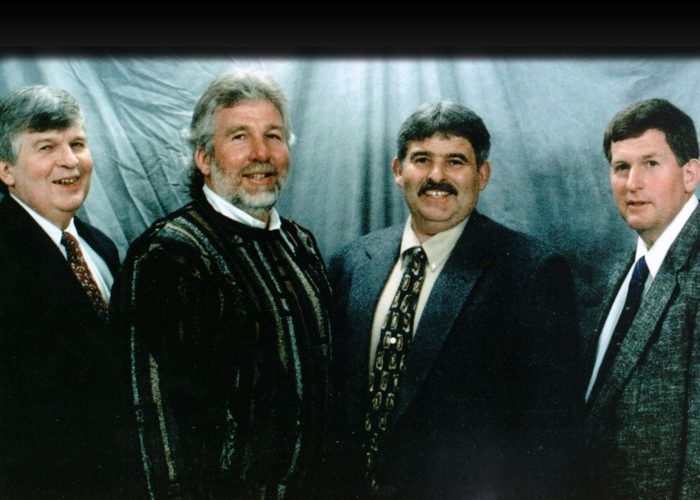
What did this award mean to you and your family?
It was truly a family award for Ken, Mike, Paul, and Tracy Stiles. To our family, it meant we were recognized by our peers as one of the top herds in the Jersey industry. It was also a tribute to our parents, Robert and Hazel Stiles, as well as our late brother, Blair, and our sister, Debra, who have always given us strong support.
Who were/are your mentors in the dairy industry?
We were lucky we grew up in a dairy-rich county and state (Montgomery County, Maryland). There were several outstanding herds around us owned by renowned people. At the top of the list, in addition to our parents, would be John Morris who was the Maryland Extension Specialist and our dairy judging coach. Also, Billy King and Duncan McKenzie of Irvington Holstein Farm. Later, both Mert Sowerby and Vernon Hull, who were both Klussendorf winners as was Mr. McKenzie, moved to Virginia and often stopped by. Also, we valued the opinions and advice from Dr. Joe Lineweaver (ET) and Dr. Ray Murley (nutrition). Initially, we used their services and later we became partners forming WF/L&M Jerseys.
Your Story:
In your opinion, who have been the most influential bulls and cows to your breeding program?
Highland Magic Duncan and SC Gold Dust Paramount Iatola-ET, as well as our own WF/L&M Duncan Barber-ET, WF Brook Bomber and Centurion Attaboy of WF all have made a big footprint on our herd. As far as cows go, Giprat Renn Anastasia, Hermitage Counciller Sheba and earlier Sybil Surville Jessie all bred well and influenced our herd.
What do you consider your biggest success in the Registered Jersey business?
The overall acceptance as one of the top herds in the United States as well as the string of Premier Breeder and Exhibitor Banners at NAILE. The number of bulls we have put into A.I. and their impact worldwide is an accomplishment we are proud of.
What one thing would you change that didn’t turn out the way you envisioned it?
The fact that milk prices did not increase consistently with the costs of dairying. This may have made a difference in the next generation continuing Waverly. Looking back, we probably should have diversified our operation in some way.
Why did you choose to stay with (or start with) Jerseys when the industry was going elsewhere?
Jerseys have always been in our family as we are third generation breeders. Although we have worked with all breeds, Jerseys remain the obvious choice. They have been very good to us. It has been gratifying to milk cows that are really good to look at and such a joy to work with!
Did you ever experience difficulties with financial institutions based on your choice of breed? If so, how did you handle?
Not really, but marketing has always been a big part of our breeding program such as selling cows, bulls, and embryos to supplement the milk check.
Your Philosophy and Take on the Future:
What traits do or did you focus on the most for your breeding program? How did this evolve and change over time? How do you think they will change in the next 20 years as technology continues to evolve?
Our philosophy in breeding cows has not changed much over the years. We have always bred for good udders and correct feet and legs with profitable milk production. We have liked cows that have longevity.
What piece of info on breeding do you know now that you wish you had known when you started out?
Now there is so much more information available on the sires that we use, such as health traits.
What is the biggest change you have seen in the dairy industry over your years of involvement?
The challenge for the “family farm” to survive. Also, the popularity of genomics and JX.
In 20 years, what do you think the average size of a commercial farm will be? How will that affect breeding decisions?
It seems that the commercial farms are continuing to get larger, but it will not affect our breeding. We will continue to follow our philosophy and make decisions that fit our herd and the needs of the market for our cattle.
What do you think has been the greatest challenge the Jersey breed has, or will, encounter?
We need to continue to work for a fair price for our product and to get fairly paid for our milk! It seems that the economics is always a problem in the dairy business.
What do you see as the future of the Jersey cow?
In the big picture, I feel production will continue to increase with less emphasis on type and longevity.
Promotion and Marketing:
As you worked with cow families in your herd, what avenues did you find were the best ways to get the word out about potential bull mothers, young bulls for sales, or special heifers in the herd? (past and present)
Originally, advertising and word of mouth. This has not changed but obviously, we now have added social media and the internet. Also, our success in the show ring over the years has helped greatly.
Your dairy has had a strong presence in the Jersey Journal through the years – through advertising and/or award recognition. How do you feel this has benefited the marketability of your genetics?
Through our advertising in the Jersey Journal, we have always been able to connect with buyers and visitors to our farm. Our awards have certainly enhanced this connection. This, in the end, helps with overall cash flow.
The USJersey organizations offer many management tools for herds in the Jersey business. What programs have been the most beneficial to your growth and why?
Waverly has benefited greatly from REAP and all the programs it provides to us.
What words of wisdom would you give to young breeders just starting out?
Have a plan and do not be afraid to ask questions. In addition, seek out breeders that have been successful over the years, but you must remember what works for some may not work for others.
Your Dairy’s Future:
What’s next for your dairy?
Unfortunately, the end is probably near.
What do you do, if there is another generation coming onto the farm, to pass on your breeding mentality/ legacy?
At this time, there is not another generation to take over Waverly, although most of the family remains connected to agriculture and Jerseys in some way.
Time for some fun!
If you could bring any cow back from the dead and bred her one more time, with a guaranteed heifer calf. What would you breed her too?
It would be WF Barber Shasta bred to WF Attaboy Terpster and also WF Kanyon Gentry-P bred to Oliver-P.
What is one of your favorite cows (or cow families) that you have not bred?
That is tough. Actually there is a 3 way tie. My favorites that Waverly did not breed are Dalamacee Counciller Tauntra, Sybil Surville Jesse, and Aland Perimeter Nan. Hermitage Counciller Sheba and Blacky Rose of Briarcliffs also rank high for cows that we purchased. The cow that was always a favorite, not at Waverly, was Generators Topsy.
If you were not a dairy farmer, what would you do career wise?
Maybe a vet, but I have always enjoyed carpentry.
